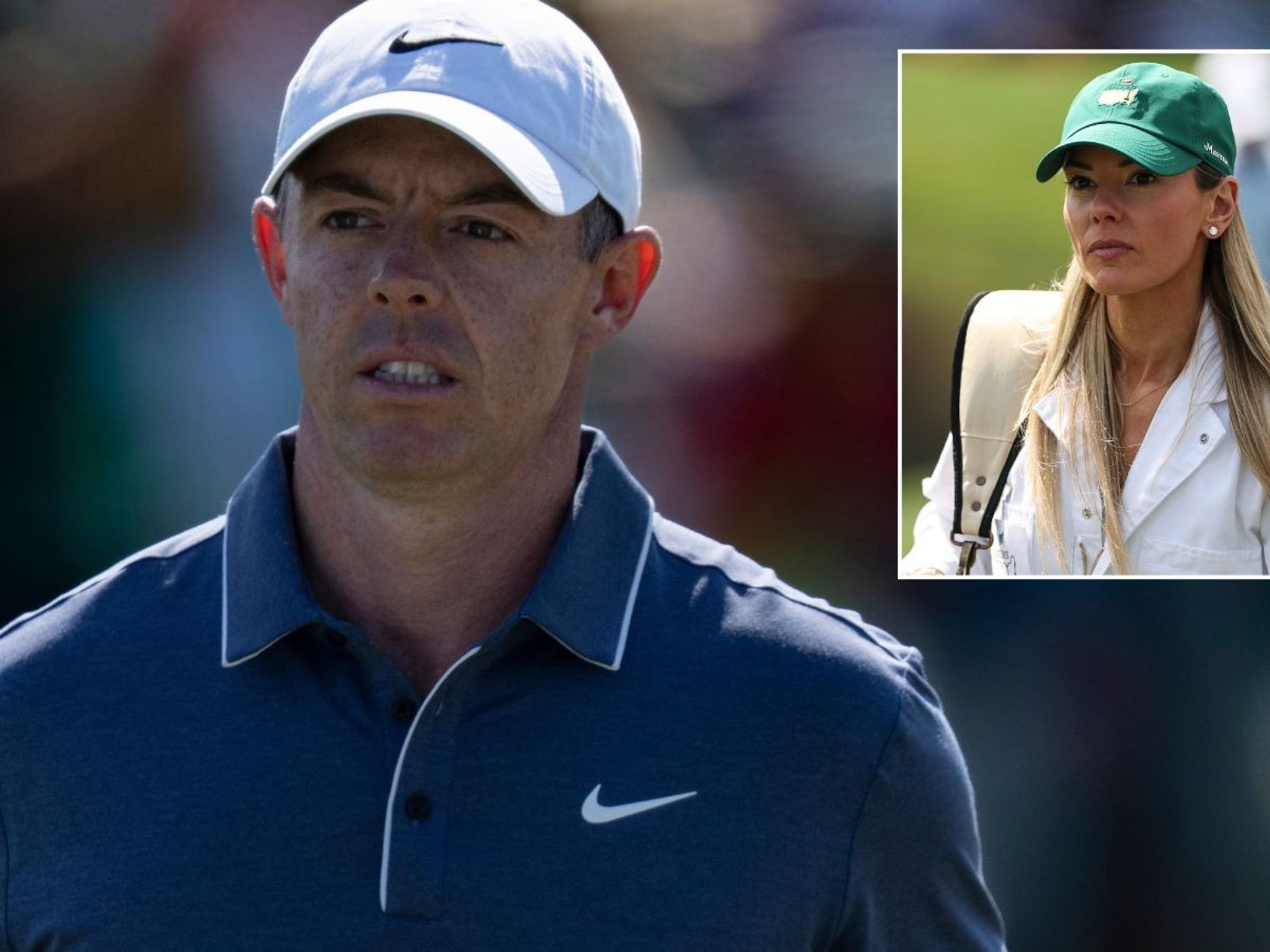WATCH: Patrick Christys reports as dolphins surround NASA rescue craft after splash down
GB News
The two veteran Nasa astronauts were assigned as the test crew in 2022
Don't Miss
Most Read
Latest
Nasa astronaut Sunita Williams's recovery has been branded "miraculous" just days after she returned home from her 288 day stint stranded in space.
Williams, who was joined by crewmate Butch Wilmore returned to Earth on March 18, splashing down off the coast of Florida after spending more than nine months aboard the International Space Station.
The pair were initially scheduled for just an eight-day mission when they launched aboard Boeing's Starliner spacecraft on June 5 last year.
Their extended stay in space raised serious concerns about their health, particularly for Williams who appeared frail and gaunt upon return.
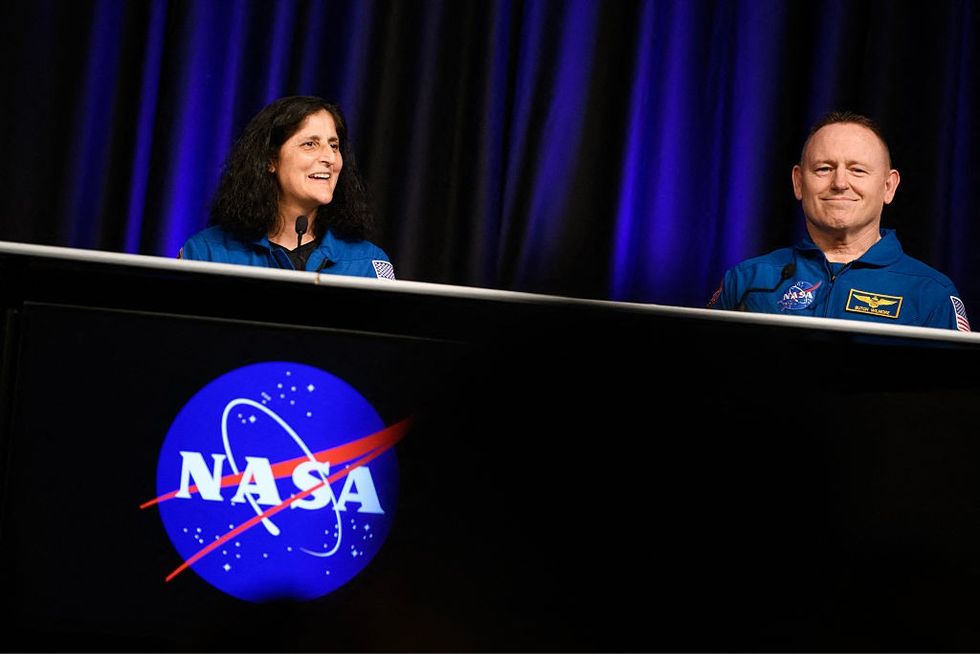
Suni Williams and Butch Wilmore upon return
Getty
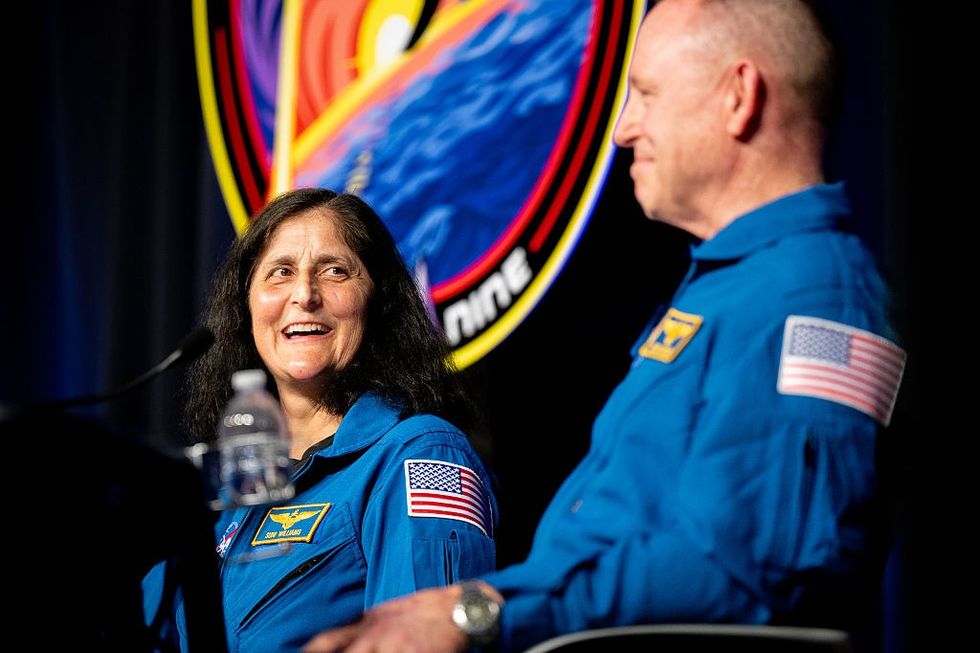
Sunita "Suni" Williams, and Barry "Butch" Wilmore speak during a news conference at the NASA Johnson Space Center
Getty
Medical experts noted Williams' "visibly thin" wrists after landing, which could indicate rapid weight loss, muscular wasting and bone density loss.
However, pulmonologist and Air Force veteran Dr Vinay Gupta told the Daily Mail that Williams' face already looked "fuller, less sunken" during her first interview just two weeks after returning.
"She's back on level ground. Her metabolism is normalising to sort of normal gravity," Dr Gupta explained.
Williams appears to have gained weight and dyed her hair back to dark brown, looking closer to her pre-launch appearance. Dr Gupta added: "I think two weeks has probably been sufficient to look just healthier."
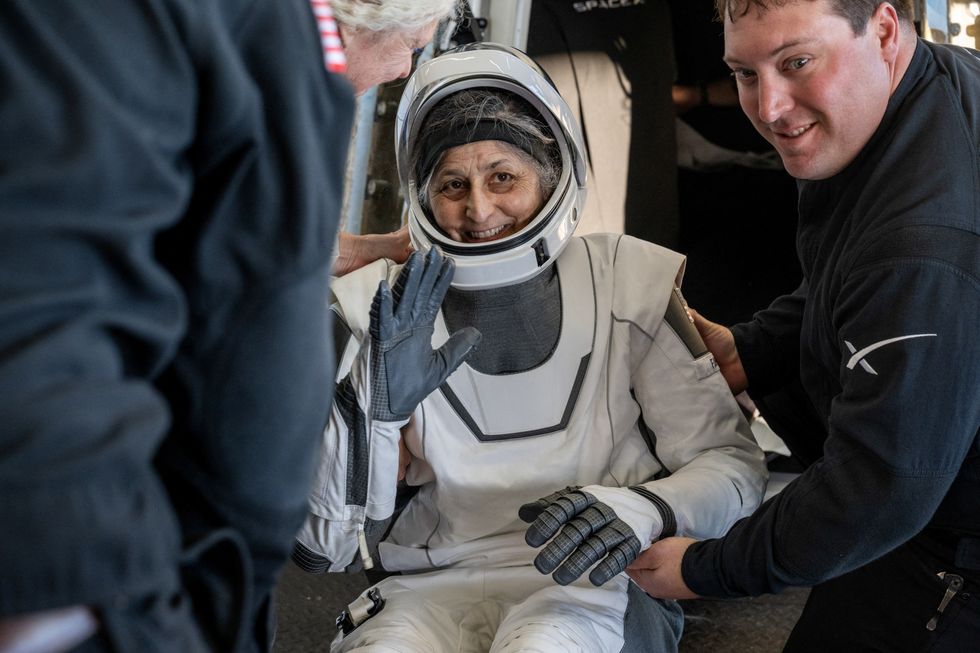
Suni Williams is helped out of a SpaceX Dragon spacecraft onboard the SpaceX recovery ship
Reuters
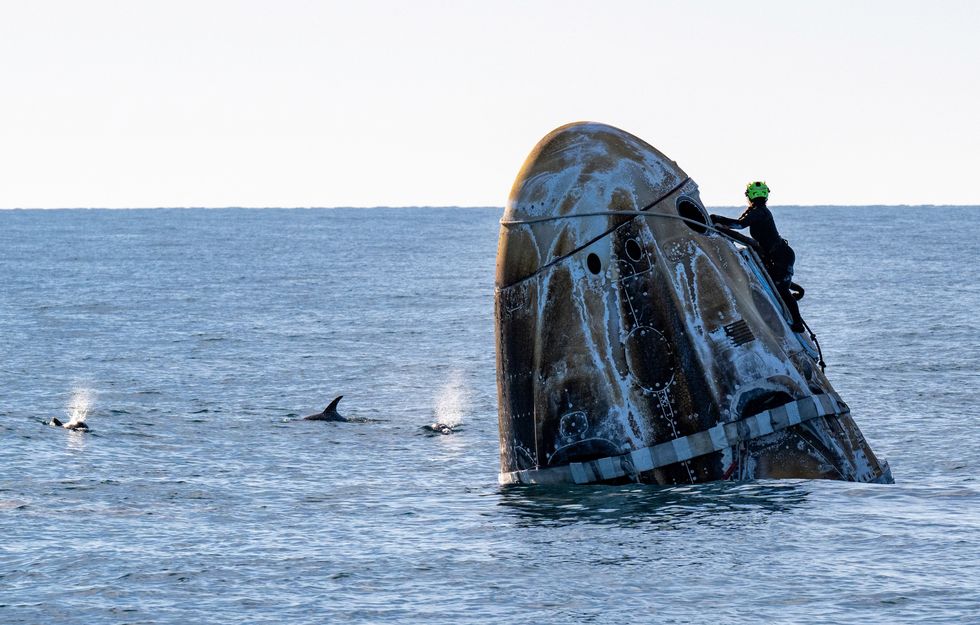
Dolphins surround support teams working around a SpaceX Dragon spacecraft
Reuters
The technical issues with Boeing's Starliner spacecraft began immediately after the astronauts reached the ISS. Five of Starliner's 28 thrusters failed and the craft began to leak helium, problems that had already delayed the Boeing project for years.
When it became clear the capsule couldn't safely return them to Earth, it was sent back uncrewed.
Nasa had no immediate plan to bring the stranded astronauts home, resulting in their extended stay.
The propulsion system issues forced Nasa to integrate Williams and Wilmore into the regular ISS rotation schedule while they determined a solution.
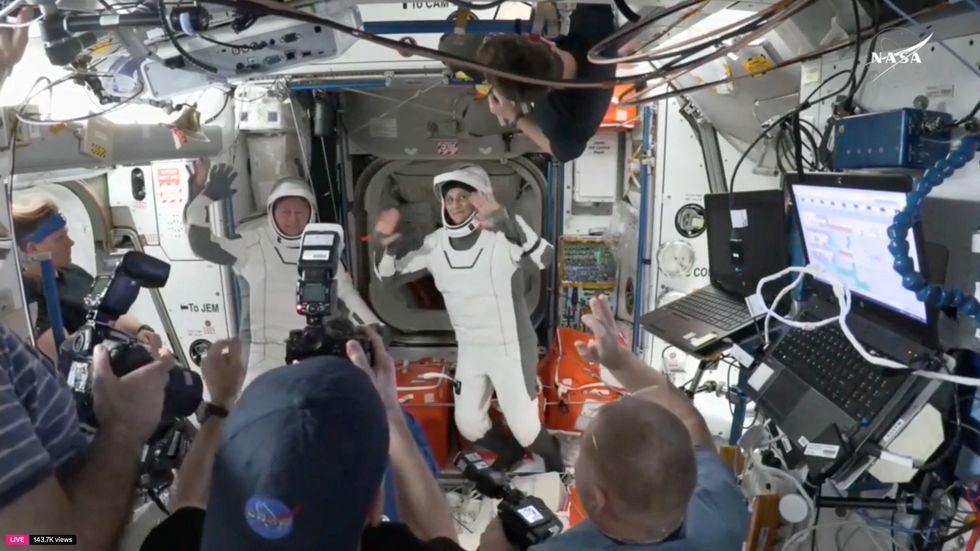
Butch Wilmore and Suni Williams, two veteran NASA astronauts who have been stuck on the International Space Station
Reuters

The SpaceX flight undocks from the ISS to begin a journey to return to Earth
Reuters
Williams told reporters in Houston on Monday that she has been adjusting well to life back on Earth. "It's great getting back. I went for a run - although very slow," she said.
The astronauts are now resuming their work with Boeing, with plans to meet company leaders on Wednesday.
"We had a very unique perspective of being in the spacecraft - nobody else had that perspective," Williams explained.
They will be "discussing where we stand and where we think we need to go" with Starliner's development.
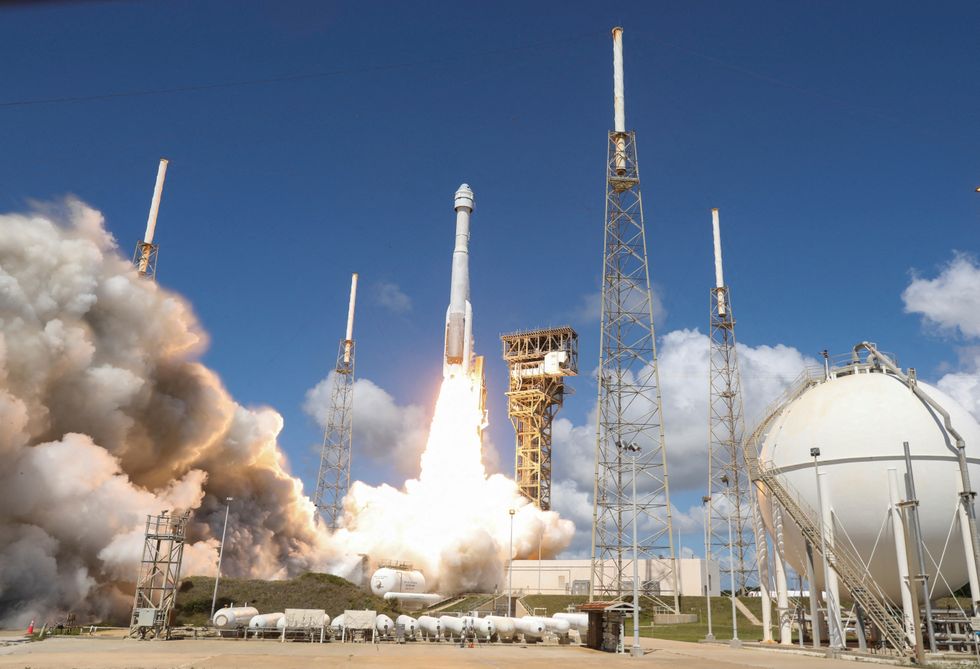
A United Launch Alliance Atlas V rocket carrying two astronauts aboard Boeing's Starliner-1 Crew Flight Test
Reuters
Nasa and Boeing plan to ground-test Starliner this summer, with another test flight expected in early 2026.
Former astronauts have found that reversing the effects of long-duration space exposure can take up to 1.5 times the mission length, meaning Williams and Wilmore could face up to a year before fully recovering.
However, Dr Gupta believes "the worst is probably well behind them" already.
"The second you're back on level ground, your body starts to heal and sort of re-equilibrate," he said.
Both astronauts underwent routine medical checks by NASA's astronaut office after returning to Earth and before reuniting with their families.
The ISS has housed international crews for over 25 years, enabling research that shows space affects the human body in multiple ways.



